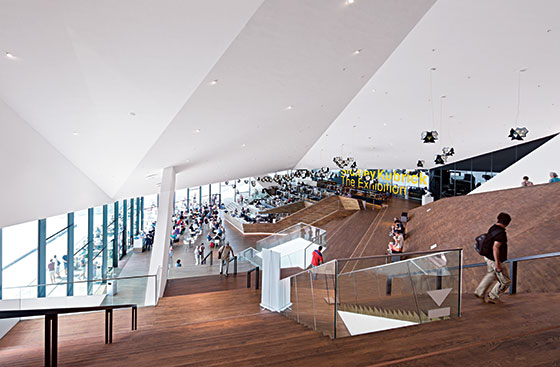
Four hundred years ago, a group of forward-thinking city planners propelled this swampy metropolis into its golden age by erecting a ring of semicircular canals, or grachtengordel; to this day, they still define Amsterdam. A yearlong slew of anniversary events (classical-music festivals, all-night ragers near the Amstel River) celebrate the canals, while attempting to rally the diverse—and increasingly at odds—population; about a third of the city’s 800,000-plus residents are foreign-born. As the urban demographics have undergone a transformation in recent years, so too has the city itself. There’s a passion for structural reuse—a school turned cinema, a bathhouse turned brewery, canal houses turned into almost anything. Amsterdam’s two major museums, the Stedelijk and Rijksmuseum, reopened recently after about a decade under the knife, while last month saw the unveiling of a newly renovated Van Gogh Museum and, in 2012, the stunning Delugan Meissl–designed EYE Film Institute Netherlands. Galleries and art fairs are popping up like crazy, and as more clubs are granted a 24-hour license, the nights have grown longer and more varied. And while the rest of the Netherlands abides by the pro-conformity Dutch saying “Act normal—that’s crazy enough,” Amsterdam, on the contrary, continues to bask in its eccentricities.